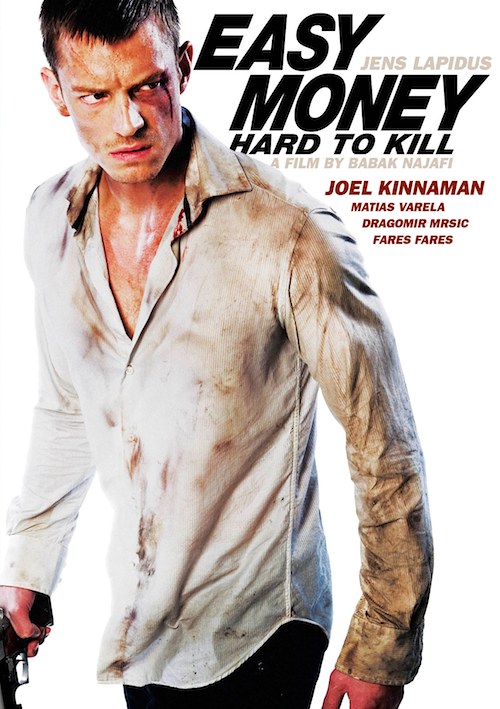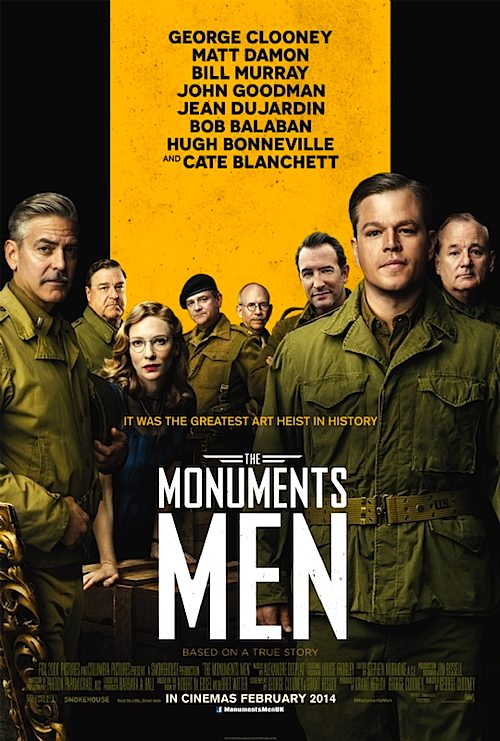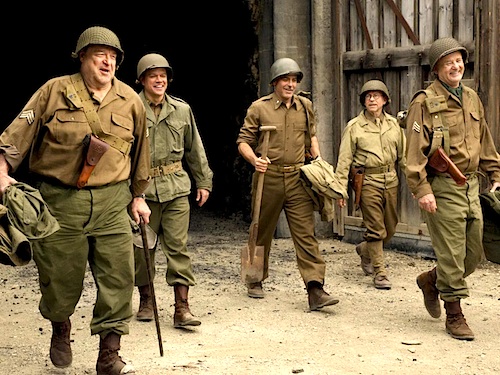By Joe Bendel. Beijing is a lot like New York. It is a tough city, but you can still find some wildly romantic backdrops there. Five couples of varying ages and degrees of matchedness will go through love’s ups and downs all over the Chinese capital, as well as during a romantic side-trip to Greece in Chen Sicheng’s Beijing Love Story, which opens tomorrow in New York.
Unlike his married boss Wu Zheng, Chen Feng is a decent enough guy. Unfortunately, he does not have much money or legal Beijing residency. Nonetheless, the outrageously cute Shen Yan still falls for him at a hipster singles’ party. Can their romance survive the pressures of money woes and a surprise pregnancy? Her wealthy ex and the painful in medias res opening say no, but viewers should not put too much stock in either.
Meanwhile, Wu’s tomcatting is about to catch up on him. Somewhat disappointed by his lack of faithfulness, his wife Zhang Lei tries to take a page from his playbook, possibly complicating the life of her boss and platonic friend, Liu Hui in the process. He has an assignation of his own to worry about. He is meeting his mysterious mistress, Jia Ling, for a weekend in Greece. Since the two lovers are played by “Big Tony” Leung Ka Fai and Carina Lau, you would expect things to heat up here and they do.
Liu will play Jia’s games in Greece, but he is always serious about being Liu Xingyang’s father. However, she is rather upset with him, because he will not allow her to appear on a national talent show with her string ensemble. Smitten Song Ge is happy to lend a sympathetic ear and maybe even her transportation money if he can earn enough from after school jobs and maybe borrow some from his grandfather, “Old Wang.” Of course, Wang has his romantic difficulties as well. His cousin keeps fixing him on with blind dates, but his heart is never in it, even with a recently returned expat, who should be well out of his league.
Without question, Beijing works best when it follows the Liu family. Leung and Lau have scorching chemistry and the Greek locale inspires the film’s most visually stylish sequences. In contrast, the innocence and exuberance of Song’s courtship of Liu Xingyang is like a breath of fresh cinematic air. As teenaged Liu and Song, Nana Ou Yang and Liu Haoran come across like good kids at heart, but with massive screen presence.

The other interrelated couples are not necessarily dead weight, but they do not deliver the same satisfaction. Frankly, Yu Nan is absolutely terrific as the wronged Zhang, but her storyline functions more as a transition from Chen & Shen to Liu & Jia than as a fully developed arc in its own right. Wang Qinxiang is also surprisingly moving as Old Wang, but Chen really pulls out the manipulative stops for the closer. He also shows big city Beijingers at their most annoying during the initial tale of his namesake (played by the writer-director). Tong Liya’s Shen has all kinds of charisma, but there is only so much she can do for this underwhelming slacker love story.
It is not often we have a Valentine’s appropriate film to recommend for February 14th, but this year we have one. Based on Chen’s hit television series of the same name, Beijing Love Story hits more ambiguous notes than viewers might expect, but that is a good thing. Ultimately, it is the veteran superstars (Leung and Lau) and the ridiculously young looking stars of the future (Nana Ou Yang and Liu Haoran) who really sell it. Recommended for Valentine viewing, Beijing Love Story opens tomorrow in New York at the AMC Empire, from China Lion Entertainment.
LFM GRADE: B
Posted on February 13th, 2014 at 12:21pm.






